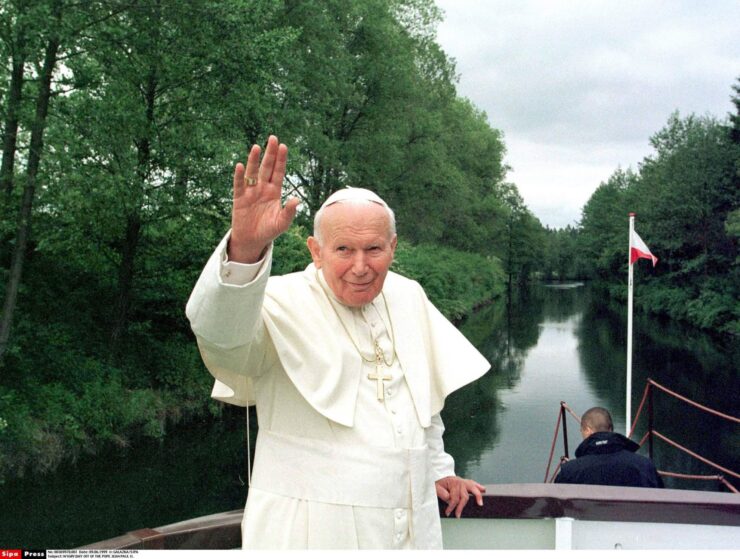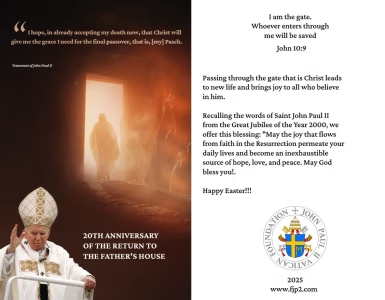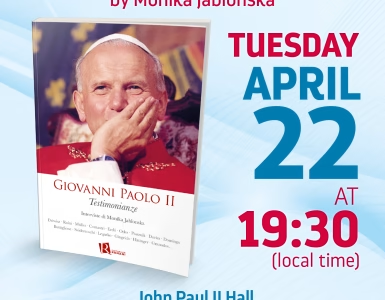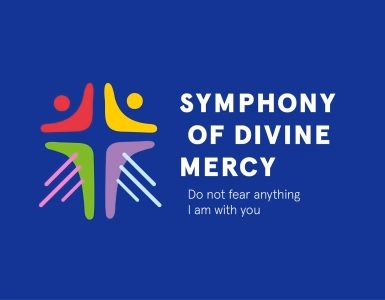The Archbishop mentions that when they planned to visit Poland, the Holy Father said, for example, “I have not been yet to this diocese and this diocese.” And, the organizers were thinking for which celebrations John Paul II could visit that diocese. Then, some celebrations were always chosen; some anniversaries of the founding of the diocese or beatification. Usually, this played the main reason to the visit. Also, during the pilgrimage in 1999, the Holy Father visited dioceses where he has not been yet. We were, among others, in Pelplin, Elk, Wigry, Siedlce, Drohiczyn, Sandomierz, Zamość, Łowicz. It was a very intense pilgrimage.
– It was so intense that when you flew to Krakow, the Pope was completely exhausted.
– It was exhaustion of the body. Every day, the Holy Father visited two dioceses, a holy Mass in the morning, and then a liturgy of the word. He just physically couldn’t stand it. I’ve never seen him before so weak. He hardly responded. There was no way he would go to Błonia. We saw that he really wanted, but he said nothing, he had no strength.
– And, in Błonia hundreds of thousands of people waited in the rain.
– And, when at 8.30 a.m. Joaquin Navarro-Valls informed the media that the Holy Father has a fever, that he is weak and for this reason we have to cancel all the plans for that day, no one left Błonia. All have stayed and prayed also in the intention of John Paul II. It was amazing. The same was true in Gliwice, because in the end we did not go there either. The question was what to do with Stary Sącz, where the next day the Holy Father was to canonize blessed Kinga.
– Was he concerned?
– He did worry.
With the permission of Archbishop Mieczysław Mokrzycki –“He liked Tuesdays the most”
M Publishing House, Krakow 2008





